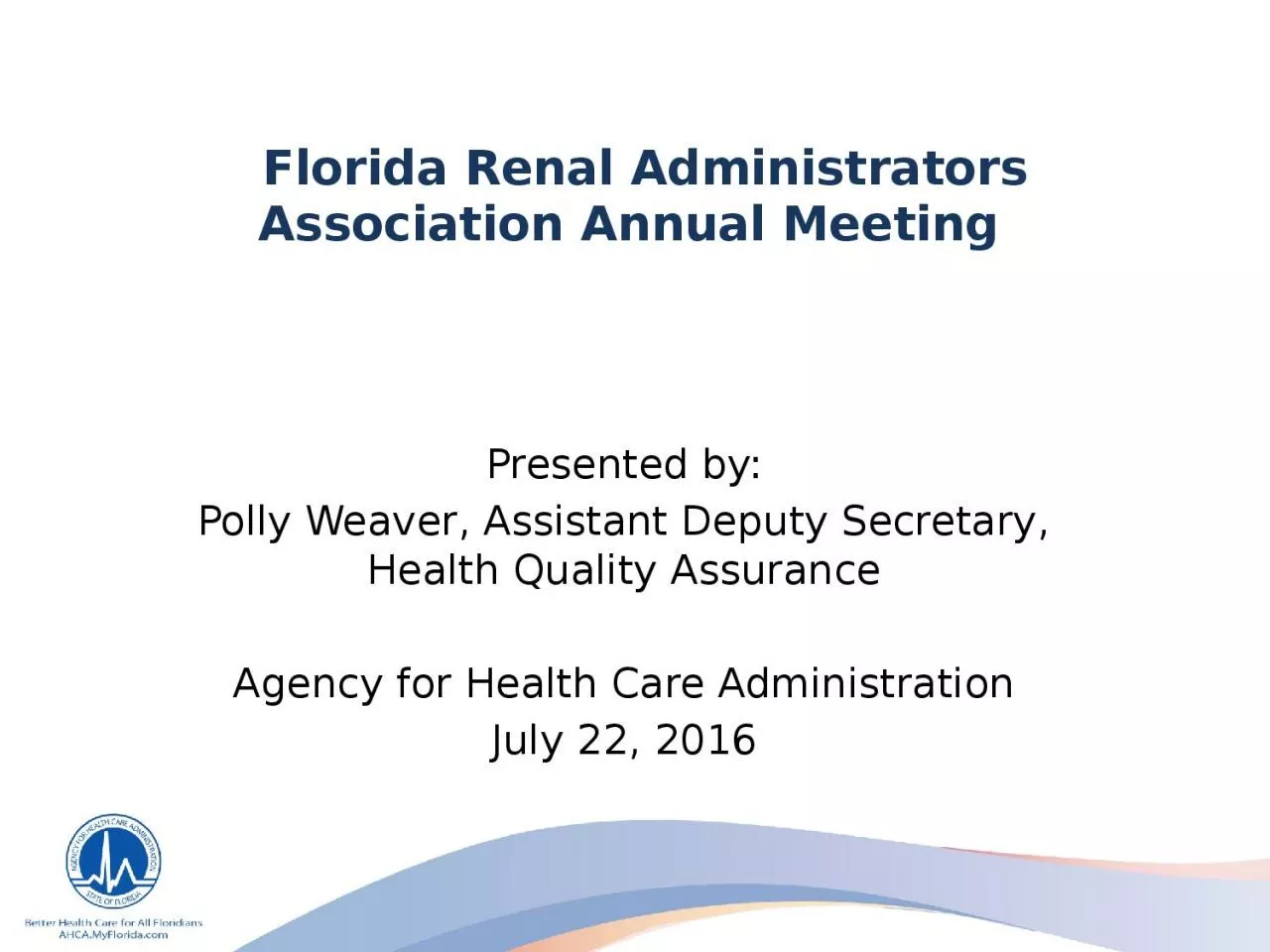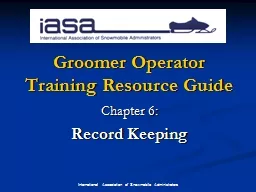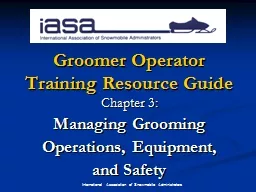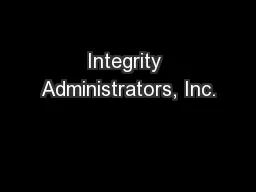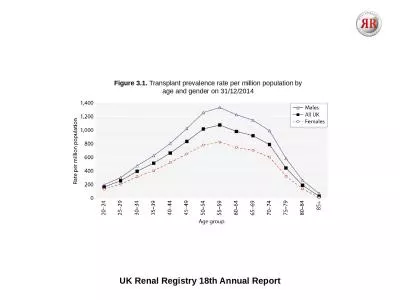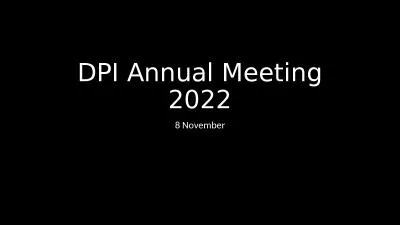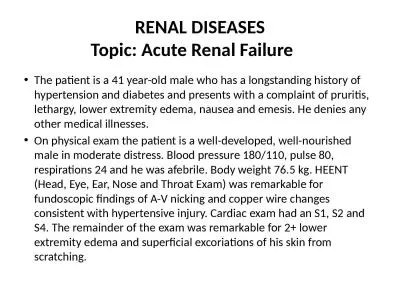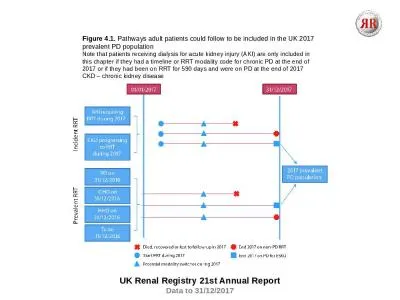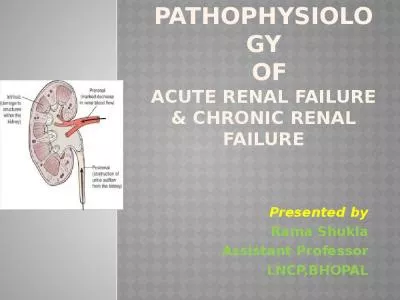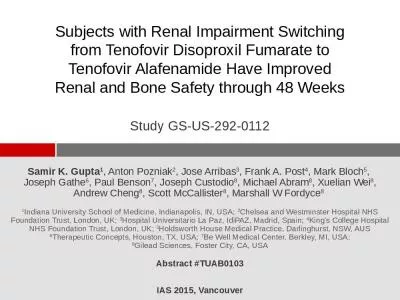PPT-Florida Renal Administrators Association Annual Meeting
Author : amelia | Published Date : 2024-01-29
Presented by Polly Weaver Assistant Deputy Secretary Health Quality Assurance Agency for Health Care Administration July 22 2016 Objectives Enhance understanding
Presentation Embed Code
Download Presentation
Download Presentation The PPT/PDF document "Florida Renal Administrators Association..." is the property of its rightful owner. Permission is granted to download and print the materials on this website for personal, non-commercial use only, and to display it on your personal computer provided you do not modify the materials and that you retain all copyright notices contained in the materials. By downloading content from our website, you accept the terms of this agreement.
Florida Renal Administrators Association Annual Meeting: Transcript
Download Rules Of Document
"Florida Renal Administrators Association Annual Meeting"The content belongs to its owner. You may download and print it for personal use, without modification, and keep all copyright notices. By downloading, you agree to these terms.
Related Documents

